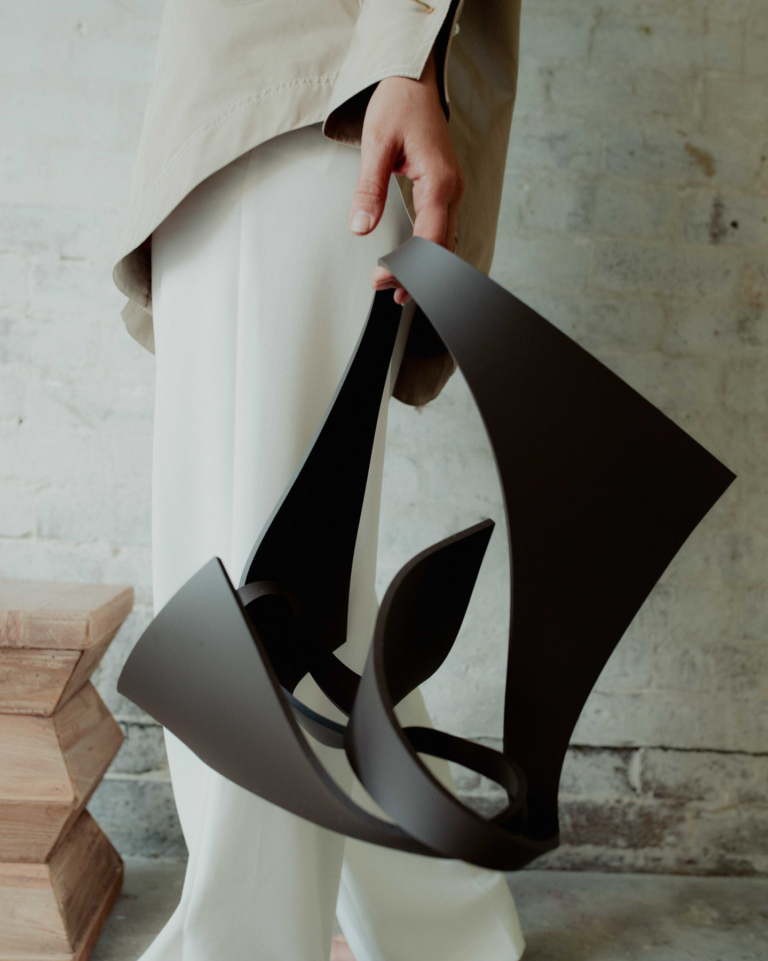
Architecture of the In-between – Finding New Chances in Old Places
Within the built fabric of our urban environment, there is a category of architecture that lies in the in-between. These are the forgotten places, disused spaces and heritage relics torn between time, use and potential that are becoming increasingly recognised for their value as settings for revitalised cultural and commercial ventures.
Through innovative design, a growing movement within the world of architecture seeks to unlock the potential of these latent gems, finding power in working with that which already exists, uncovering the past and weaving it with contemporary programming. The importance of adaptive re-use and sustainability, along with a deep sense of history and place, are driving forces behind this ongoing process of renewal.
An inspiring embodiment of this spirit of adaptive reimagination is the Locomotive Workshop precinct in South Eveleigh, Sydney. Developed by Mirvac in association with design teams from Sissons Architects, Buchan, Mirvac Design and Curio Projects, the precinct breathes new life into the ‘engine room’ that once powered Australia’s railway network for over a century.
The project recognises and preserves the rare remaining railway workshop elements, harnessing the social value of the existing to create an immersive experience for both locals and visitors. The design team at Buchan reiterates that “the redevelopment aims to accentuate and emphasise the exceptional cultural and aesthetic heritage values of the building within an operational framework that will secure the long-term economic viability and activation of the site.”
Through careful restoration and additions, the original fabric of the building has been centralised through design, making it an experiential focal point for commercial and retail spaces. There is a strong relationship between old and new elements, with mezzanine levels providing views of significant features such as cast-iron columns, roof trusses and steel girders. The shed is celebrated with interventions that emphasise reversibility, distinction and sympathetic alignment with the rhythm of the existing structure.
The Fearon Hay team out of New Zealand similarly take on the challenge of untangling layers of history within disused or misused heritage spaces, often at an industrial scale.
Piers also notes that having the opportunity to work with old places can be rare and that there is, therefore, a responsibility to “provide a sense of the old spaces, exposing corners, volumes and texture while also considering the urban and public opportunities – creating laneways and streets that engage with people.” Despite the complexities that necessarily arise from working with in-between spaces – from seismic issues, industrial toxicity and expense – their unique embedded social memories and often incomparable craftsmanship distinguishes their capacity for occupational longevity.
Fearon Hay’s own Faraday St Studio carefully imbues such senses of existing layers and histories within a redefined commercial program. However, just as importantly, the ground-level component of work unlocks an extended benefit for the wider area and has proved a catalyst for district-level rejuvenation. For Fearon Hay, the focus is on creating a superior, agile space that finds the right balance between urban and public interfaces to ensure the endurance of design.
By carefully considering both the micro and macro scale of a project, Fearon Hay breathes new life into untended or ignored spaces, turning them into thriving centres of activity. This approach not only benefits direct occupants but also contributes to the sustainable development of entire precincts and streetscapes.
Working with in-between architecture is a journey of uncovering the stories of the past, embracing the challenges of the present and envisioning a future where heritage and modernity can coexist harmoniously to sustain one other. There is a growing sense of understanding towards our neglected built environments and their capacity to shape a more vibrant and meaningful urban landscape. By preserving the soul of these places while injecting new commercial life and enduring programs through thoughtful design, architects can contribute to the cultural legacy of communities and leave a lasting impact for generations to come.






















